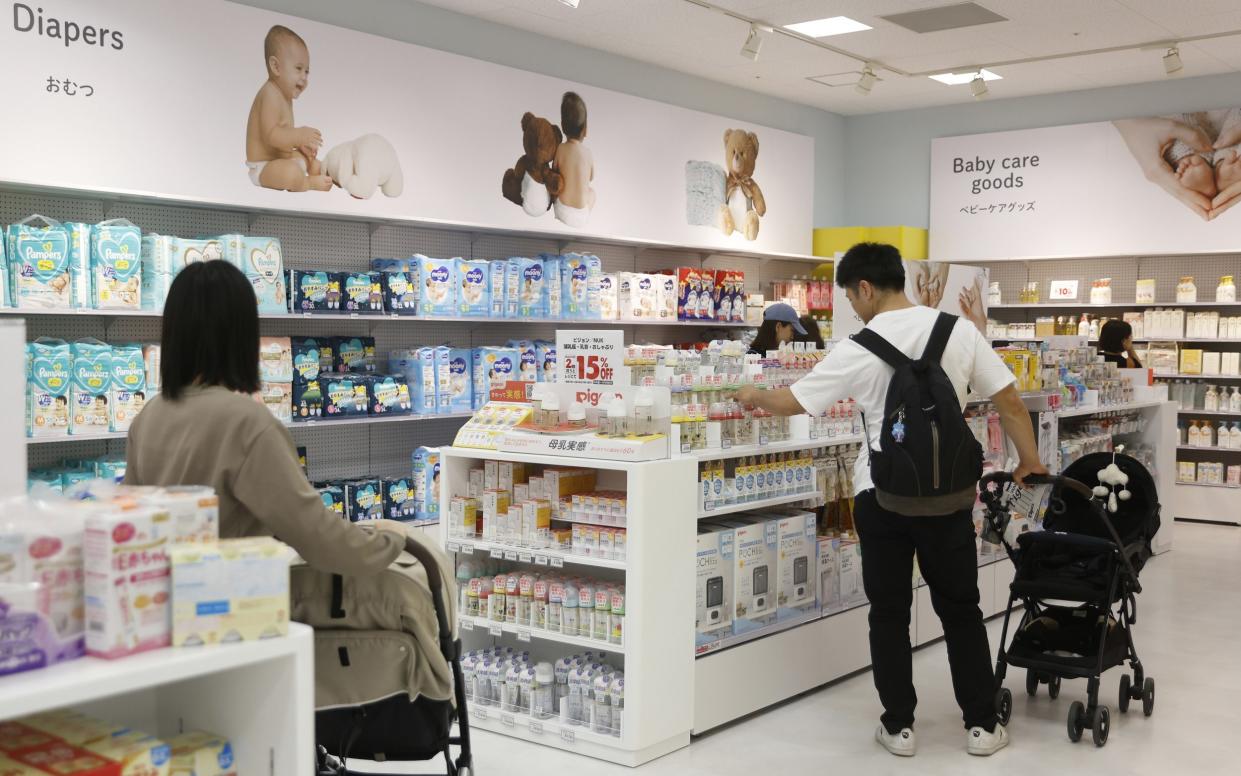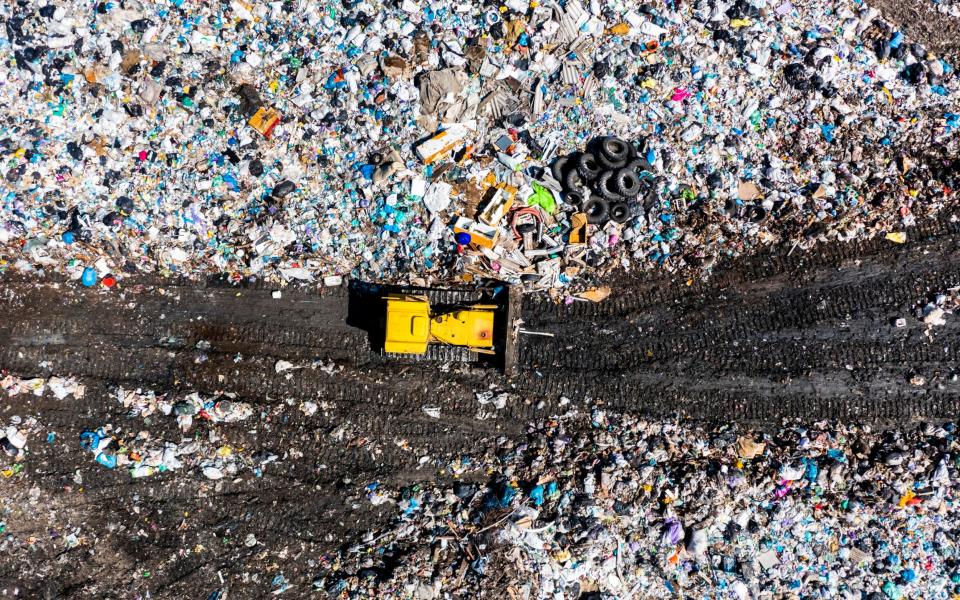Recycled used nappies go on sale in Japan

The world’s first recycled nappies have gone on sale in Japan as the nation attempts to balance the needs of a rapidly ageing population and reduce the amount of waste that ends up in its landfills.
Unicharm Corp released its new “horizontally recycled” nappies at shopping centres across Kumamoto prefecture in southern Japan on Saturday.
Items that are horizontally recycled are turned into the same product they were originally, although the concept is unusual in the personal hygiene sector.
The previously soiled nappies come in sizes for both babies and adults, although the demographic crisis that looms over Japan means that demand is already greater for adult nappies than it is for newborns.
A pack of 42 children’s nappies costs 1,078 yen (£5.63), which is slightly more pricey than regular disposable versions.
Tokyo-based Unicharm said it has developed a new process that utilises ozone to sterilise, bleach and remove odours from the material of used nappies before it is turned into reusable pulp that is indistinguishable from new materials.

The company’s new product dates back to 2016, when it signed an agreement with the two local governments in Kagoshima prefecture in southern Japan that did not have an incinerator for their municipal waste and had filled a landfill site that was meant to meet local people’s needs for three decades in just eight years.
Officials estimate that 20 per cent of the waste from the towns of Shibushi and Osaki was disposable nappies and that figure was projected to increase as the local population aged.
A recycling centre in Osaki was selected as the site of a demonstration facility where nappies would be gathered before undergoing an initial washing before the materials were separated, crushed and transferred to a nearby Unicharm plant for the ozone cleansing and reprocessing.
Initially produced in limited numbers in 2022, they were tested in hospitals and nursing care homes in Kagoshima before being made available to the general public.
The company insists the technology renders the new products hygienic and that bacteria in the recycled items is “below detectable limits”.
Felt comfortable
Unicharm said: “Customers who have used these products said they were comfortable and they felt no different from regular [nappies].”
“We would like to transform from a resource-intensive standard to a cyclical one,” Tsutomu Kido, an executive of the company, told Kyodo News.
“We have received approval from experts concerning hygiene,” he added.
Social media users largely ignored the fact that nappies were recycled and instead focused on the price.
“It’s actually quite expensive,” said one message on the Yahoo Japan news site. “With prices soaring, I focus on cost performance when I buy nappies”.
Others disagreed, however, and one post said: “It’s amazing how nappies that have been used once can be recycled and used again. I would buy them even if they cost a little more for the sake of future children and our society”.
Japan’s environment ministry estimates that almost 2.4 million tons of disposable nappies will annually end up in the nation’s landfill sites by 2030, a 30 per cent increase from 2015. At the same time, while the domestic market for baby diapers contracts as the birth rate declines, the market for adult nappies is expected to grow from 6.9 billion units in 2015 to 9.6 billion in 2030.
Plummeting birth rate
The shift in the nation’s demographics has already convinced one of Japan’s largest manufacturers of disposable nappies to halt production of lines for babies and to focus entirely on the elderly market. Oji Nepia, a subsidiary of paper product giant Oji Holdings announced last month that the plummeting birth rate made baby products no longer economically viable.
There were just 758,631 children born in Japan in 2023, a record low and a shock to a government that was already struggling to come up with ways to halt the contraction in the population. Last year also saw more than 1.59 million deaths in Japan. In 2022, children under the age of 15 accounted for less than 12 per cent of the total population, while nearly 30 per cent were aged 65 or older.

